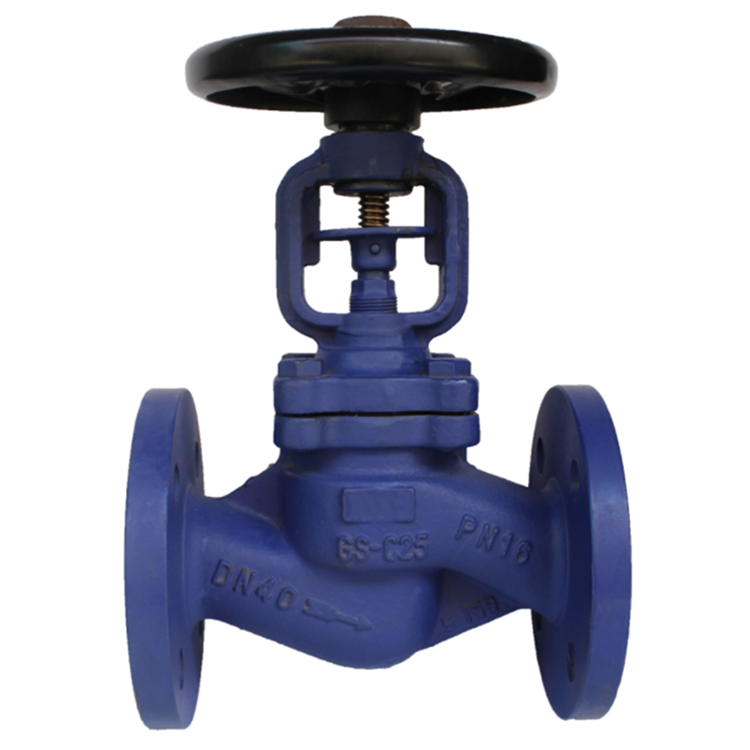pipe fitting valves
Understanding Pipe Fitting Valves A Comprehensive Guide
When it comes to plumbing and fluid management, pipe fitting valves play a crucial role in regulating the flow of liquids and gases within a system. These valves are essential components in industrial, commercial, and residential piping systems. Their primary function is to control, direct, and manage the flow of fluids, ensuring efficiency and safety in various applications.
Types of Pipe Fitting Valves
There are several types of valves used in pipe fitting, each designed for specific functionalities
. Here are some of the most common types1. Gate Valves Gate valves are used for on/off control. They provide minimal flow restriction when fully open, making them ideal for applications where the flow needs to be stopped completely. However, they are not suitable for throttling, as partially opened gate valves can lead to erosion and damage.
2. Ball Valves Known for their durability and ease of use, ball valves feature a spherical disc that controls the flow. When the valve is open, the ball allows fluid to pass through freely. They are perfect for applications where quick shutoff is necessary, and their reliability makes them a popular choice in both residential and industrial settings.
3. Globe Valves These valves are designed for throttling and flow regulation. The unique shape of the valve body allows for controlled flow through the system, making globe valves suitable for applications requiring precise control. However, they typically have higher pressure drops compared to gate and ball valves.
4. Check Valves Check valves are crucial for preventing backflow in systems. They allow fluid to flow in one direction while automatically closing to stop reverse flow. This feature is vital in maintaining the integrity of systems and preventing contamination.
pipe fitting valves

5. Butterfly Valves These valves are characterized by a rotating disc that allows for flow control. Butterfly valves are lightweight and easy to operate, making them suitable for large volumes of fluid. They are commonly used in water supply and wastewater treatment applications.
Importance of Quality in Pipe Fitting Valves
The quality of pipe fitting valves significantly impacts the overall efficiency and reliability of a piping system. Inferior quality valves can lead to leaks, failures, and increased maintenance costs. Therefore, selecting valves made from high-quality materials, such as stainless steel or brass, is essential for ensuring longevity and performance.
Application Areas
Pipe fitting valves are widely used across various industries, including water treatment, oil and gas, chemical processing, and HVAC systems. In residential applications, they are commonly found in plumbing systems, helping to regulate water flow in bathrooms, kitchens, and heating systems.
Conclusion
In conclusion, understanding the different types of pipe fitting valves and their applications is crucial for anyone involved in plumbing or fluid management. By choosing the right valve for a specific application, one can enhance the efficiency, safety, and reliability of a piping system. Investing in quality valves not only reduces maintenance costs but also ensures smooth operations in both residential and industrial settings. As technology continues to advance, we can expect further innovations in valve design and functionality, further enhancing their role in fluid control systems.
-
3-types-of-check-valves-maintenance-tipsNewsAug.23,2025
-
ball-valves-types-with-trunnion-mounted-designNewsAug.23,2025
-
butterfly-valve-company-production-capabilitiesNewsAug.23,2025
-
fisher-globe-valve-technical-specificationsNewsAug.23,2025
-
types-of-gaskets-for-flanges-selection-guideNewsAug.23,2025
-
wedge-gate-valve-suppliers-quality-standardsNewsAug.23,2025
-
Breakthrough in Domestic Low Temperature Valve Technology in ChinaNewsAug.18,2025




